Articles > Geography
Oceania and its countries/cities are essential to knowing the cities and countries of the world. Whether you are trying the Oceania Countries Identifier Challenge or Oceania Largest Cities here are the countries which make up this world region.
Australia

Australia is the largest country in Oceania and is renowned for its vast landscapes, unique wildlife, and iconic landmarks. The country is famous for its natural wonders, such as the Great Barrier Reef, Uluru, and the Outback. It has a diverse environment that includes beaches, deserts, and rainforests. With a population of 26,713,205, Australia is highly urbanized, with the majority of people living in cities along the coastline, like Sydney, Melbourne, and Brisbane.
Australia’s indigenous heritage is rich, with Aboriginal and Torres Strait Islander cultures dating back over 65,000 years. Today, it has a multicultural society, welcoming immigrants from all around the globe. Australia is also known for its contributions to sports, music, and arts, with many global festivals and events.
Interesting Fact:
Australia has over 10,000 beaches—enough for a person to visit a new beach every day for more than 27 years!
Fiji
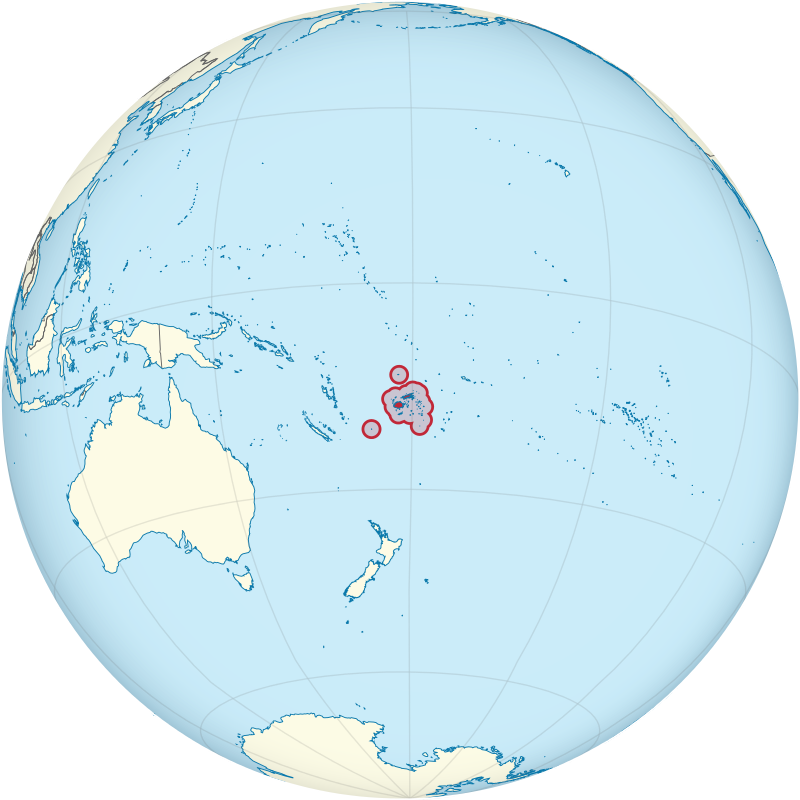
Fiji is a tropical paradise in Oceania, known for its stunning beaches, clear lagoons, and vibrant marine life. With a population of 928,784, it is a popular destination for tourists seeking relaxation and adventure. Fiji consists of over 330 islands, with only a third being inhabited. The main islands, Viti Levu and Vanua Levu, are home to most of the population.
Fiji has a unique cultural blend of indigenous Fijian and Indo-Fijian influences, reflected in its language, food, and traditions. The people of Fiji are renowned for their warm hospitality, and traditional ceremonies like the kava ceremony are central to Fijian culture. The islands also have a range of natural beauty spots, from dense rainforests to rugged mountains and pristine beaches.
Interesting Fact:
Fiji has some of the world’s most luxurious private island resorts, making it a popular choice for honeymooners and celebrities.
Kiribati
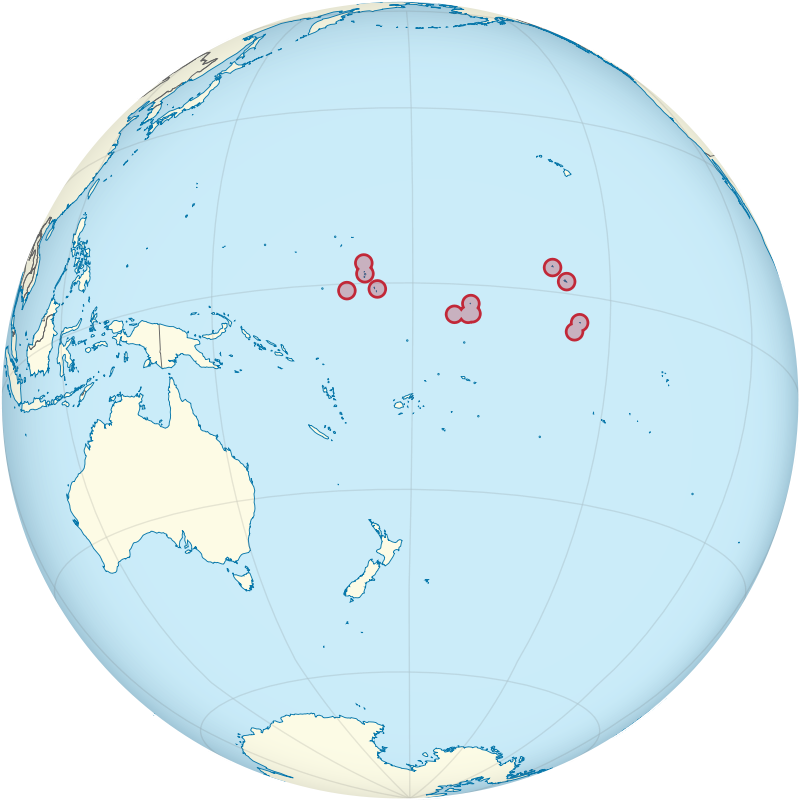
Kiribati is a small island nation in the Pacific, with a population of 134,518. The country is composed of 33 atolls and reef islands, scattered over a vast area of ocean. Its territory spans the equator and the International Date Line, making it one of the few countries to be in all four hemispheres. Tarawa, one of its atolls, serves as the capital and main hub for the population.
Kiribati faces unique challenges due to rising sea levels, which threaten its low-lying islands. The country’s culture is deeply tied to the ocean, with fishing being a primary source of livelihood. Despite its geographical challenges, Kiribati is known for its strong community ties and vibrant local traditions, including music and dance.
Interesting Fact:
Kiribati was the first country to welcome the new millennium due to its location close to the International Date Line.
Marshall Islands
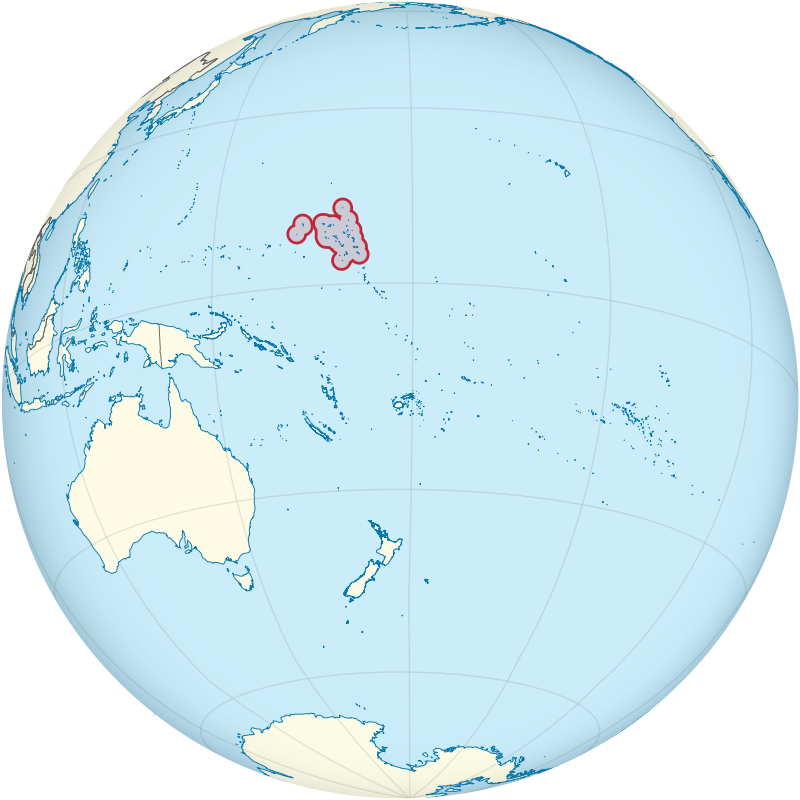
The Marshall Islands is an island country with a population of 37,548, located in the central Pacific Ocean. Known for its beautiful coral atolls and clear lagoons, the nation is spread across two main chains of atolls, the Ratak and Ralik chains. Majuro is the capital and the most populous atoll.
In addition to its stunning natural beauty, the Marshall Islands holds historical significance as a testing ground for U.S. nuclear weapons during the mid-20th century. The islands have a rich marine ecosystem, with diverse fish and coral species. Although small in size, the country is known for its deep cultural heritage and close-knit communities.
Interesting Fact:
The Marshall Islands is one of the few countries with no recorded native land mammals, only relying on imported animals.
Micronesia
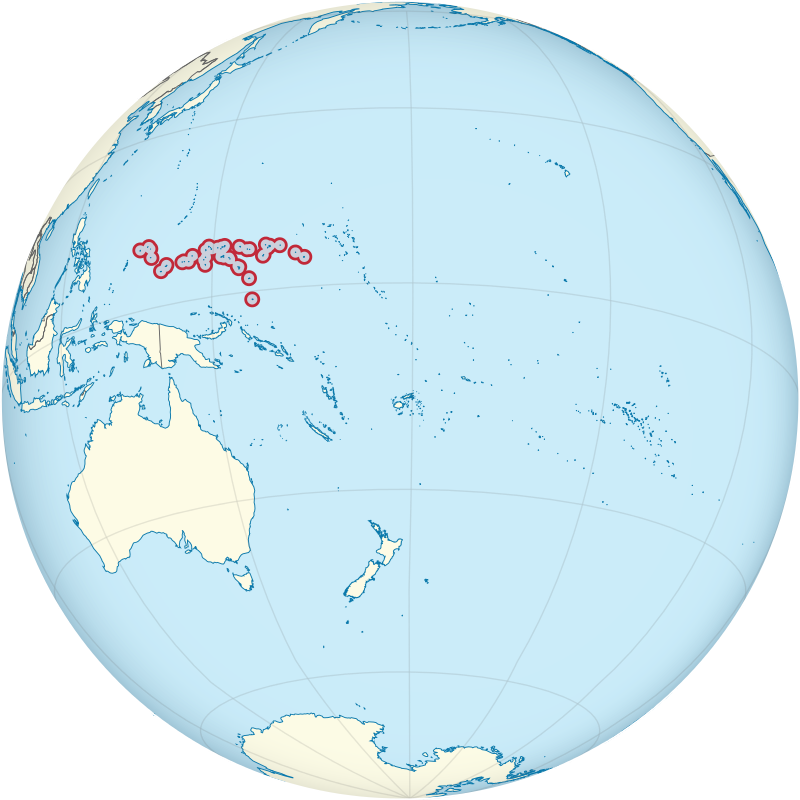
The Federated States of Micronesia consists of over 600 islands and is divided into four states: Yap, Chuuk, Pohnpei, and Kosrae. With a population of 526,923, it is known for its beautiful landscapes, rich biodiversity, and historical significance. Micronesia has diverse ecosystems, including tropical rainforests and coral reefs.
Each state has unique cultural practices and languages, with traditional crafts, dances, and music still widely practiced. Agriculture and fishing are essential parts of the economy, and the country is renowned for its traditional navigational knowledge.
Interesting Fact:
Micronesia is famous for the ancient stone city of Nan Madol, often referred to as the “Venice of the Pacific.”
Nauru

Nauru is the smallest island country in the world, with a population of 11,947 and an area of just 21 square kilometers. Once known for its phosphate mining industry, Nauru’s economy has faced challenges due to the depletion of its primary resource. The island is unique in that it has no official capital, and most government offices are located in the district of Yaren.
Despite its small size, Nauru has a rich cultural history, with influences from Micronesian, Polynesian, and Melanesian cultures. The people of Nauru are known for their hospitality and strong sense of community.
Interesting Fact:
Nauru is one of the few countries in the world without an official armed forces; it relies on Australia for its defense.
New Zealand

New Zealand is a stunning island country known for its diverse landscapes, from majestic mountains to beautiful beaches and rolling farmland. With a population of 5,213,944, it has a rich Maori heritage and is famous for its unique flora and fauna, including the kiwi bird, which has become a national symbol.
New Zealand is celebrated globally for its adventure tourism, including activities like bungee jumping, skiing, and hiking. The country also has a strong environmental ethos, with many initiatives aimed at preserving its natural beauty and biodiversity.
Interesting Fact:
New Zealand was the first country in the world to grant women the right to vote, in 1893.
Palau
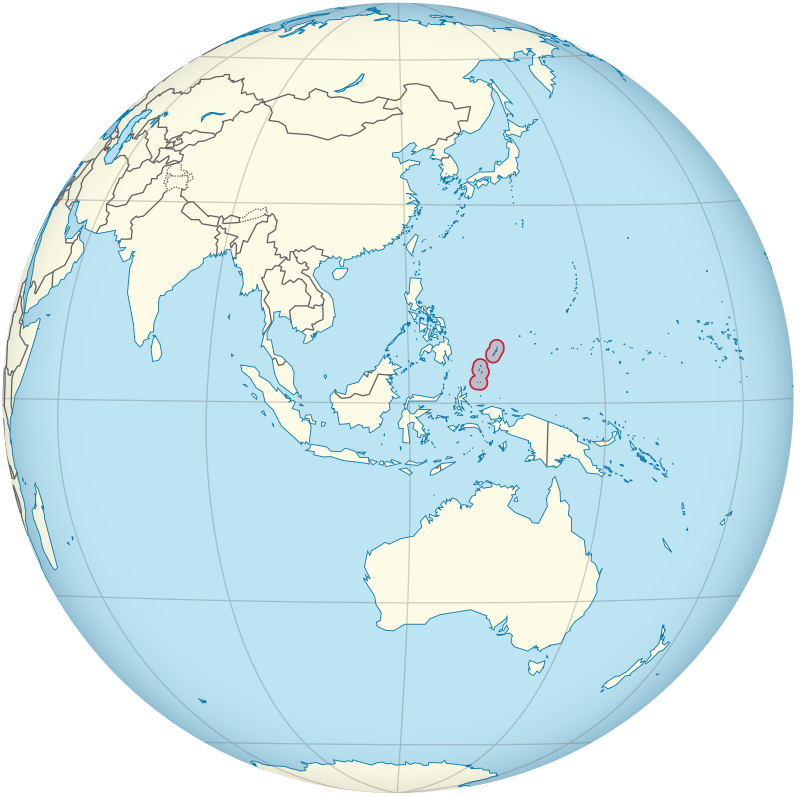
Palau is an island country with a population of 17,695, known for its pristine natural environment and thriving marine life. Located in the western Pacific Ocean, it is made up of over 340 islands, with the largest island, Babeldaob, home to the capital, Ngerulmud. Palau’s crystal-clear waters, abundant coral reefs, and diverse underwater ecosystems make it a premier destination for diving enthusiasts from around the world.
Palauan culture is influenced by its geographical location and rich history. Traditional customs and local governance play a significant role in society. Tourism is a vital part of Palau’s economy, particularly eco-tourism, as the nation has committed to environmental conservation with initiatives like the Palau National Marine Sanctuary, one of the largest protected marine areas globally.
Interesting Fact:
Palau was the first country to create a “shark sanctuary,” banning all commercial shark fishing in its waters in 2009.
Papua New Guinea

Papua New Guinea is one of the most culturally diverse countries in the world, with a population of 10,576,502 and over 800 distinct languages. Located on the eastern half of the island of New Guinea, it features a dramatic landscape of mountains, rainforests, and coastlines. This biodiversity supports a wide range of unique wildlife, including birds of paradise and marsupials.
Much of Papua New Guinea’s population lives in rural areas, relying on traditional farming and hunting. The country has a rich history and cultural heritage, with elaborate rituals, dances, and art forms passed down through generations. Due to its mountainous terrain, many areas are isolated, and diverse communities have developed independently over time.
Interesting Fact:
Papua New Guinea is one of the few places where uncontacted peoples still live, largely in remote forested regions.
Samoa

Samoa, with a population of 218,019, is a Polynesian island nation celebrated for its natural beauty, vibrant culture, and warm hospitality. Located in the South Pacific, Samoa comprises two main islands, Upolu and Savai’i, along with several smaller islands. Apia, located on Upolu, is the nation’s capital and economic center.
Traditional Samoan culture, known as the “fa’a Samoa,” plays a significant role in daily life, emphasizing community, family, and respect for elders. Samoan society is structured around extended families, and ceremonies like the kava ritual are central to its cultural practices. Samoa’s lush landscapes, waterfalls, and beaches attract many tourists each year, contributing to the economy.
Interesting Fact:
In 2011, Samoa moved its time zone across the International Date Line to align more closely with trade partners in Australia and New Zealand, effectively skipping a day.
Solomon Islands
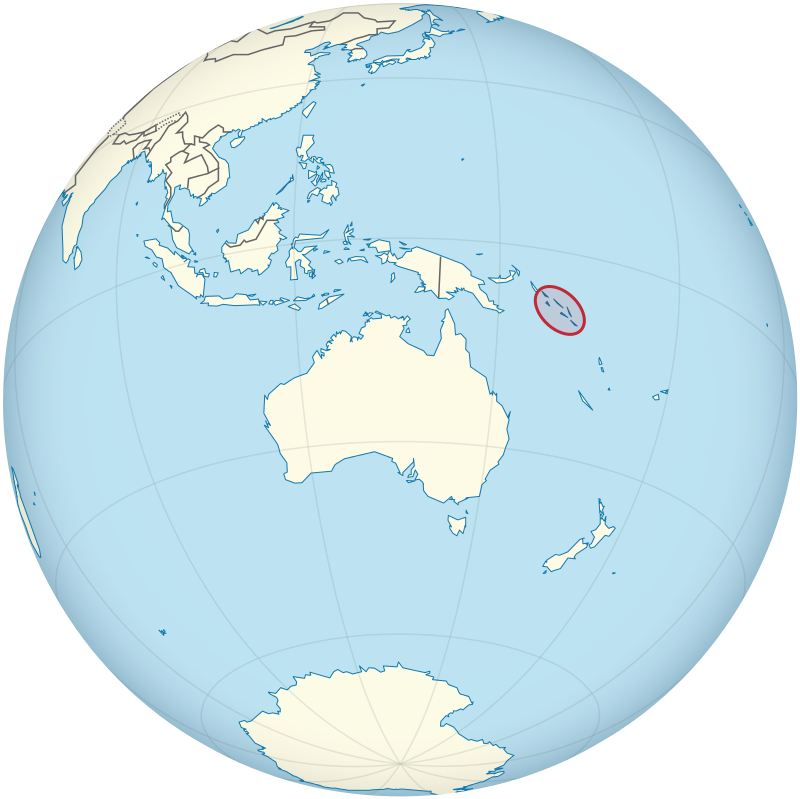
The Solomon Islands is a nation of hundreds of islands in the South Pacific, with a population of 819,198. The country has a rich biodiversity, with tropical rainforests, coral reefs, and a wide range of marine species. Honiara, located on the island of Guadalcanal, is the capital and the center of political and economic activities.
The Solomon Islands has a fascinating history, including its role as a significant battleground during World War II. The Battle of Guadalcanal was a turning point in the Pacific War, and historical sites related to this era attract many visitors. The culture of the Solomon Islands is deeply rooted in traditional customs and beliefs, and art forms like wood carving and shell jewelry are highly valued.
Interesting Fact:
Several species of frogs, insects, and birds found in the Solomon Islands are found nowhere else on earth, making it a biodiversity hotspot.
Tonga

Tonga is a Polynesian kingdom with a population of 104,175, consisting of more than 170 islands, many of which are uninhabited. Known for its friendly people and deep-rooted traditions, Tonga is unique in the Pacific as it has never been colonized. The monarchy remains an important part of Tongan society, with the king playing a prominent role in governance and ceremonial life.
Tourism in Tonga is centered around its natural beauty, including sandy beaches, clear waters, and opportunities for whale watching. The islands have a rich cultural heritage, with traditional dances, crafts, and festivals that showcase Tongan pride and identity.
Interesting Fact:
Tonga is one of the few places where humpback whales come to breed, and visitors can swim alongside these gentle giants.
Tuvalu
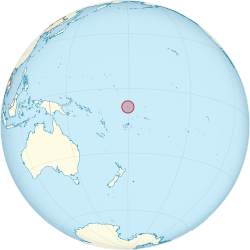
Tuvalu, with a population of 9,646, is one of the smallest and most remote countries in the world. Located in the central Pacific, it consists of nine small atolls, with Funafuti serving as the capital. Due to its low elevation, Tuvalu is highly vulnerable to rising sea levels and climate change, making it a significant focus for environmental advocacy.
The people of Tuvalu maintain a traditional way of life, with fishing and farming as primary sources of food and livelihood. Despite its challenges, Tuvalu is known for its strong sense of community and cultural heritage, with local music, dance, and handicrafts playing a central role in everyday life.
Interesting Fact:
Tuvalu is among the smallest members of the United Nations, with a unique internet domain (.tv) that has become a valuable asset for the country’s economy.
Vanuatu
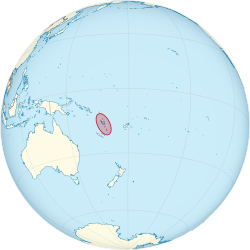
Vanuatu, an archipelago of 83 islands in the South Pacific, is home to a population of 327,777. Known for its stunning beaches, active volcanoes, and rich marine life, Vanuatu is a popular destination for adventurers and nature lovers. The islands were originally inhabited by Melanesian people, and today, the country maintains a vibrant mix of Melanesian culture with French and British influences from its colonial history.
The nation is famous for its traditional practices and indigenous languages, with over 100 local languages spoken throughout the islands. Port Vila, the capital city on the island of Efate, is the political and economic hub of Vanuatu and also serves as a center for tourism. The nation’s economy relies on agriculture, tourism, and fishing, with kava, a traditional drink, being one of its notable exports.
Vanuatu is also highly prone to natural disasters such as earthquakes, cyclones, and volcanic eruptions due to its location in the Pacific Ring of Fire. Despite these challenges, the people of Vanuatu are known for their resilience and strong sense of community.
Interesting Fact:
Vanuatu is home to one of the world’s most accessible active volcanoes, Mount Yasur, where visitors can safely witness eruptions from a close distance.




